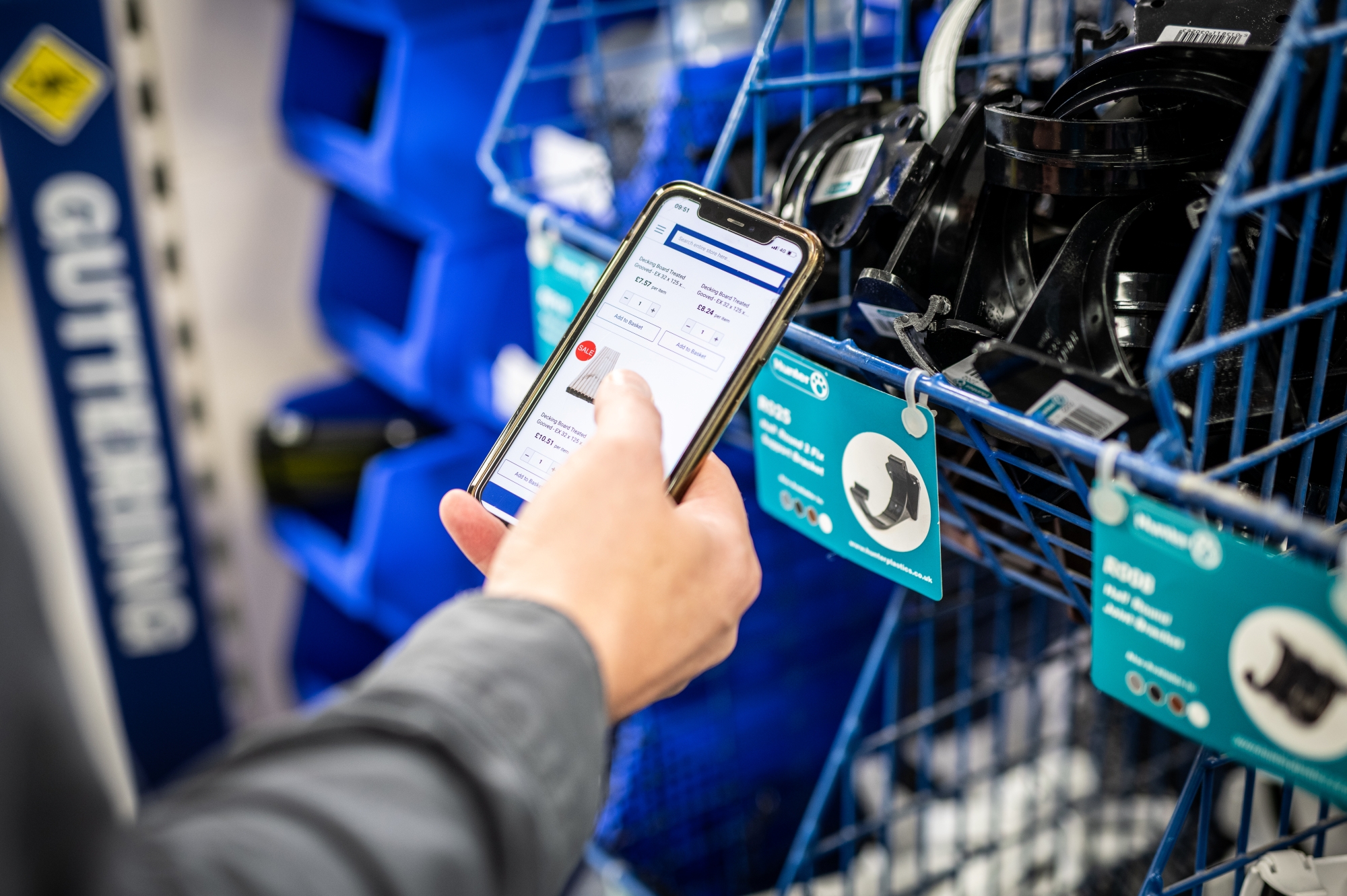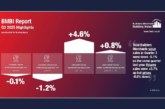
Brian Bowerfind, Division President, LBMH and Distribution at ECI Software Solutions, explains how “smarter inventory management protects profit.”
In the UK’s timber and building materials sector, volatility has become the norm rather than the exception. From fluctuating prices and erratic demand to lingering supply chain friction and inflationary aftershocks, UK merchants are facing pressure on every front.
The squeeze is particularly acute for independent and regional merchants, as large national stockists leverage economies of scale to undercut on price and outpace on stock availability. For many, it’s becoming evident that legacy pricing tactics and outdated inventory practices no longer offer the protection or performance needed to stay competitive.
Recent data underscores this instability. Whilst Department for Business and Trade reports show building material price indexes slowly decreasing over time, overall costs are still significantly elevated from pre-pandemic levels. As of May 2024, the UK’s ‘All Work’ Construction Materials Price Index remains 39.5% higher than in February 2020, before the pandemic began.
Despite this uncertain trading climate, many builders’ and timber merchant businesses continue to operate with fragmented strategies. Pricing, inventory control and margin management are often treated as standalone functions, rather than interconnected levers. That disjointed approach carries real cost.
“Many builders’ and timber merchant businesses continue to operate with fragmented strategies. Pricing, inventory control and margin management are often treated as standalone functions, rather than interconnected levers. That disjointed approach carries real cost.”
If a pricing model doesn’t reflect what’s actually in stock — or if inventory decisions aren’t aligned to margin objectives — the business risks capital being locked up in deadstock, missed sales and profit erosion. The most effective merchants now understand that these elements must work in unison, not isolation.
It’s time for UK merchants to take a more integrated approach, one that views inventory management not just as a cost centre but as a strategic driver of both price optimisation and margin growth.
The inventory-margin link
Inventory has long been one of the most significant investments for building materials retailers and wholesalers. It’s more than just product on shelves; it’s potential profit or loss. When stock levels don’t align with customer demand or pricing opportunities, the bottom line quickly reflects this disconnect.
The efficient turnover of stock can play a key role in supporting margins by minimising carrying costs, reducing the risk of excess or obsolete inventory, and keeping operations tightly aligned with demand. Consider the timber price spike that occurred between 2020 and 2021, when UK costs jumped up by more than 80% in a short space of time, only to plummet the following year.
Merchants who stocked heavily during the peak in hopes of meeting demand were left with overpriced inventory they couldn’t sell profitably. That wasn’t just a pricing issue — it was a disconnect between inventory forecasting, price sensitivity and margin strategy.
Seasonality adds another layer of complexity. Stocking up on ‘cold-weather products’ or ‘warm-season’ items requires more than just a look at historical sales. Without proactive alignment between stocking decisions and pricing plans, businesses risk markdowns, dead inventory or missed margin potential when the window for selling closes.
Margins under pressure
Margin protection has become increasingly challenging as competitors with greater buying power drive down prices across the industry. Despite this evolution, local and regional merchants have a competitive edge in their agility.
If they use it strategically, their ability to move quickly can be a key differentiator. Aligning inventory management with pricing and margin goals enables merchants to make smarter purchasing decisions, fine-tune promotions, and reduce reliance on reactive markdowns.
When inventory turns are low, the cost of holding products increases, and obsolete or aging stock often has to be discounted, further shrinking already tight margins. Ultimately, inventory performance directly affects profitability.
The tech that connects the dots
Making alignment work at scale asks more questions than spreadsheets and manual reports can answer. That’s where technology is required. Modern electronic point of sale systems (EPOs) designed for the timber and building materials industry can provide businesses with the visibility and tools needed to synchronise inventory, pricing, and margin in real time.
These solutions allow merchants to monitor inventory aging, track SKU-level profitability, and automate pricing changes based on cost fluctuations or sales velocity.
Greater insight empowers dealers to make proactive, data-backed decisions, whether that involves strategically discounting slow-moving items, raising prices on high-demand products, or adjusting stock levels ahead of seasonal shifts.
Indeed, according to a McKinsey analysis, companies that adopt a product and platform approach to ERP upgrades can better manage costs and improve outcomes, enabling more agile and efficient operations.
From process to mindset
At the end of the day, the most impactful shift isn’t just operational, it’s cultural. For pricing, inventory, and margin strategies to work in harmony, teams across the business must be aligned.
That means sales teams need to understand margin contribution, not just revenue targets. Purchasing managers should regularly review inventory turnover and product-level profitability to ensure optimal performance. Leadership needs to foster a shared language around value and performance, not just volume.
With that alignment in place, results quickly become visible across the business. Gross margins improve. Stock moves faster. Inventory investments become more strategic. And perhaps most importantly, the organisation becomes more resilient and better prepared to respond to market swings and customer needs with confidence.
For merchants looking to future-proof their operations the message is clear: resilience isn’t built on sales volume alone — it comes from smarter inventory strategy, tighter margin control and pricing decisions that respond in real time.
Getting this right could well be the differentiator that sets your business apart.
Click or tap here for more information on ECI Software Solutions.












